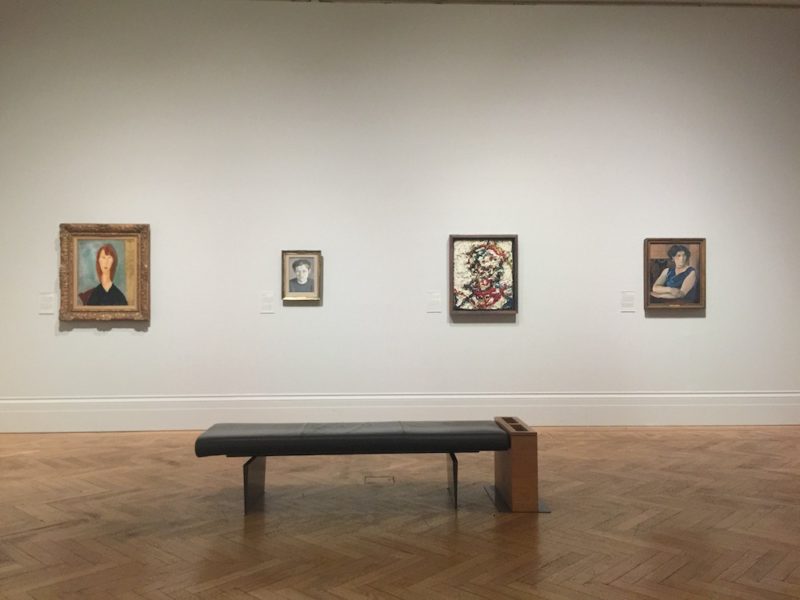In a small side room tucked neatly between the Pre Raphaelites and 19th Century classics is Manchester Art Gallery’s exhibition on what it is to be human. A collection of portraits intended to show more than the individual characteristics and personality of the sitter. It’s seeking to explore expressions of human emotion common to us all – love, desire, frustration, grief and loneliness.
I’ve always found portraits beguiling. Words can be intoxicating. Put them together in a particular order, they can become melodious and resonating. Everyone can relate to the lyrics of their favourite song. Yet, sometimes, actions can speak volumes without the utterance of a single word. A grimace, a smile or just a look can say more than a sentence ever can. Portraits are therefore full of meaning.
Manchester Art Gallery’s focus on portraits to examine the human condition is therefore one that is challenging. Even more so given that they intend to do this using only a handful of portraits from their archives. They have concentrated heavily on mid-20th-century portraits from their permanent collection, which also includes the newly acquired Miss Monter/Descendre by Boris Nzebo, and also features artists such as Frank Auerbach, Francis Bacon and David Hockney amongst others.
Given that it is a small collection, the ambitions to showcase the full range of emotions is a tall obstacle. Add to this the varied styles on show and themes involved, it certainly packs a punch within the limited confines of that small side room.
The theme of detachment is often evident in some of the exhibits. Evelyn Dunbar’s Celebrant chooses to remove the personal identity of the sitter, whilst Amadeo Modigliani soulless depictions focus less on emotive expressions. I particularly liked Alberto Giacometti’s piece, in which he strips away everything associated with being human in the ‘portrait of Elvezia Michel- baldini (nee Stampa)’. It’s dark foreboding tones perfectly capture the moody malevolence of Giacometti’s detachment to his subject.
Some of the exhibits showcase the finer detail of the sitter, not just on canvas but its relationship with the artist themselves. Lucien Freud’s ‘Girl with Beret’ demonstrates the close affinity Freud developed between himself and the subject in order to paint portraits. Equally fascinating in this regard is Francis Bacon’s ‘Portrait of Henrietta Moraes’, who sat for him at least sixteen times over a twenty period.
Juxtaposed nicely to this is the star of the show, Frank Auerbach’s ‘Head of E.O.W III’ in which Auerbach paints the same subject over and over again resulting thick masses of oil paint on canvas, which at first glance seems to be an anarchic contusion of colour. Yet, the exhibition implores us to continue seeking the portrait of Estella Olive West, even asking us to take a few steps back in the hope of a head slowly emerging from the layers of thick paint.
There are other notable highlights, including Hockney’s affectionate portrait of ‘Peter C’ who was the object of his unrequited love and Nzebo portrait of Miss Monter Descendre, which adds another dimension to this collection, weaving the cultural impact of his home city Douala in his offering.
In trying to depict the human condition, Manchester’s Art Gallery set itself an impossible exercise. There is no doubt we get a glimpse of what it to be human through this exhibition, but we cannot get the full kaleidoscope of colour of what it truly means to be human.
